Gargano, what to see: 10 places not to be missed
The Gargano: forests, beaches, villages overlooking the sea and unique views. The Gargano is the ideal starting point for a vacation that does not involve any kind of renunciation or compromise. In fact, the Gargano offers crystal-clear waters and lush forests, towns rich in history and places to let loose in the evening, crowded beaches and lonely paths. It is no coincidence that the spur of Italy is one of the most beloved places for travelers and tourists who flock to Puglia each summer. This great karst promontory embraced by the Adriatic Sea on three sides can count on ever-changing but equally striking landscapes, from Vieste with its great stacks to Rodi Garganico, the bay of Pugnochiuso and again Peschici, the lakes of Lesina and Varano, the grandeur of Monte Calvo and the silent magnificence of the Umbra Forest. Since ancient times, however, these have also always been places connoted for great spirituality, as evidenced by the many shrines that line its coast as well as its interior, from that of Monte Sant’Angelo to San Giovanni Rotondo. Here are 10 places not to miss on your Gargano vacation.
1. The Sanctuary of St. Michael the Archangel in Monte Sant’Angelo.
The celestial basilica, as the Sanctuary of St. Michael in Monte Sant’Angelo is also known, has ancient origins and is included in the UNESCO World Heritage list. The shrine(find an in-depth study of this place here) stands along the route of the ancient Via Sacra Langobardorum, nestled among the lush vegetation typical of the Gargano, and according to tradition has been the scene of several apparitions of the saint. The shrine is arranged on several levels with a Romanesque-style facade and the unmistakable bell tower, however, what makes the visit special is the large underground cave accessed by a staircase carved into the rock and containing numerous masterpieces.
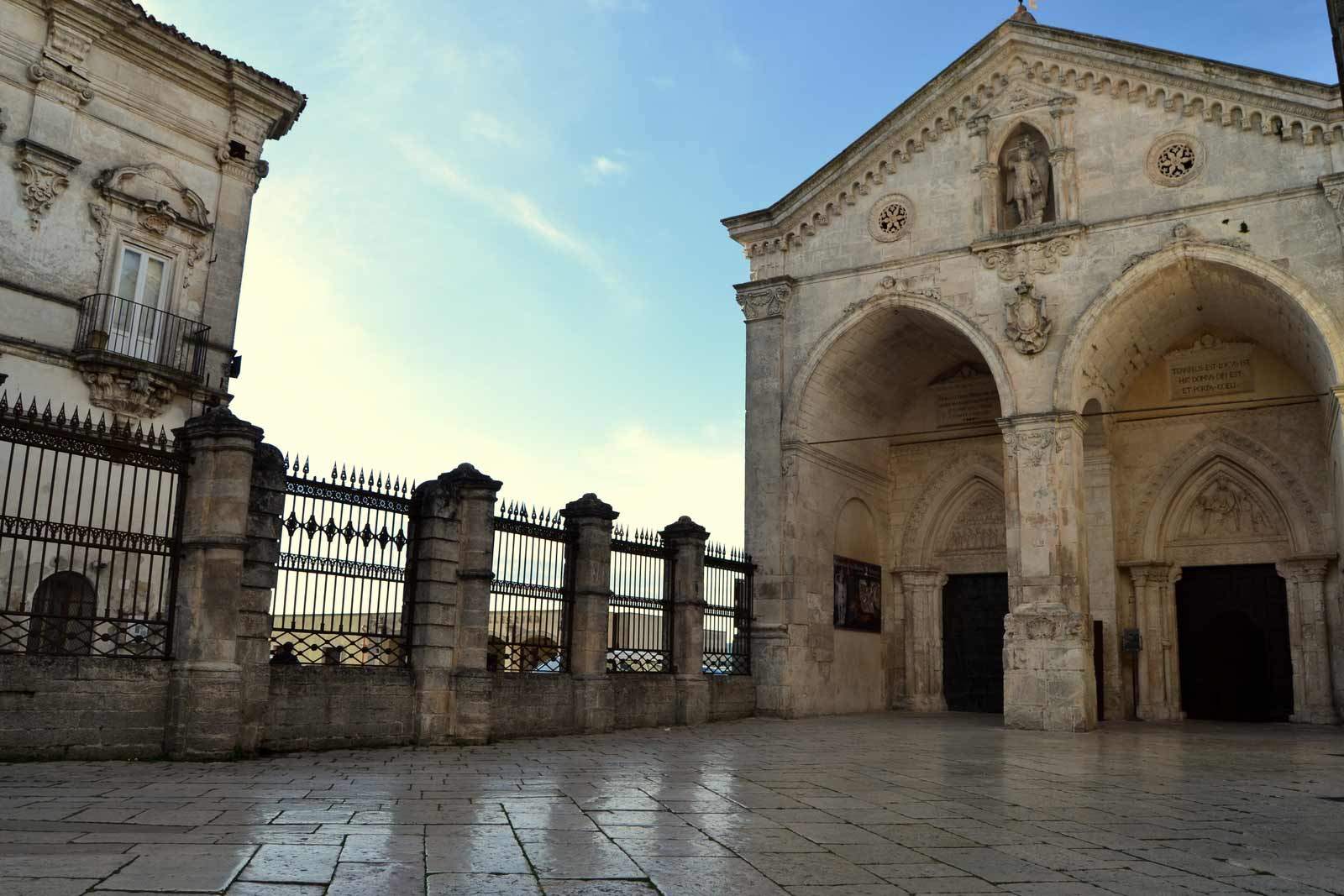
2. The Civic Museum of Monte Sant’Angelo.
There is no better place to understand the wealth of Gargano history and traditions than the Monte Sant’Angelo Civic Museum of Popular Arts and Traditions. This large exhibition space is dedicated to the memory of local scholar Giovanni Tancredi and is housed in the 14th-century convent of San Francesco, right in the heart of the town. Walking through the three levels of the museum, the traveler will have the opportunity to touch some of the typical elements of this territory and understand how it has been shaped by man over the centuries thanks to the numerous artifacts that tell of agricultural and pastoral civilization, but also testify to the habits of ancient pilgrims or trades that have been lost.
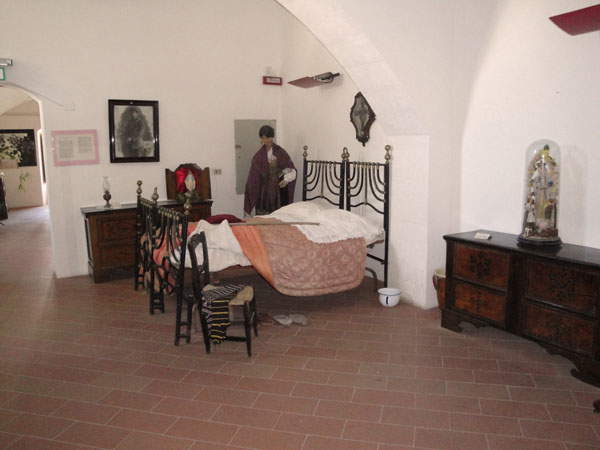
3. The old town of Peschici
At the northernmost point of the Gargano lies one of its brightest jewels. Peschici is a seaside village perched on a rocky outcrop whose typical white houses overlook the Adriatic Sea. Its historic center rises within the perimeter of the ancient medieval walls, only partially visible today, and is dominated by its ancient castle built by the Normans between the 10th and 11th centuries overlooking the sea. Strolling through narrow alleys and small squares surrounded by the typical white houses on whose walls stand out many small details painted in pastel colors, one comes across many noteworthy monuments that hold ancient treasures including the Abbey of Calena, the Church of Purgatory and the Church of St. Elijah the Prophet.
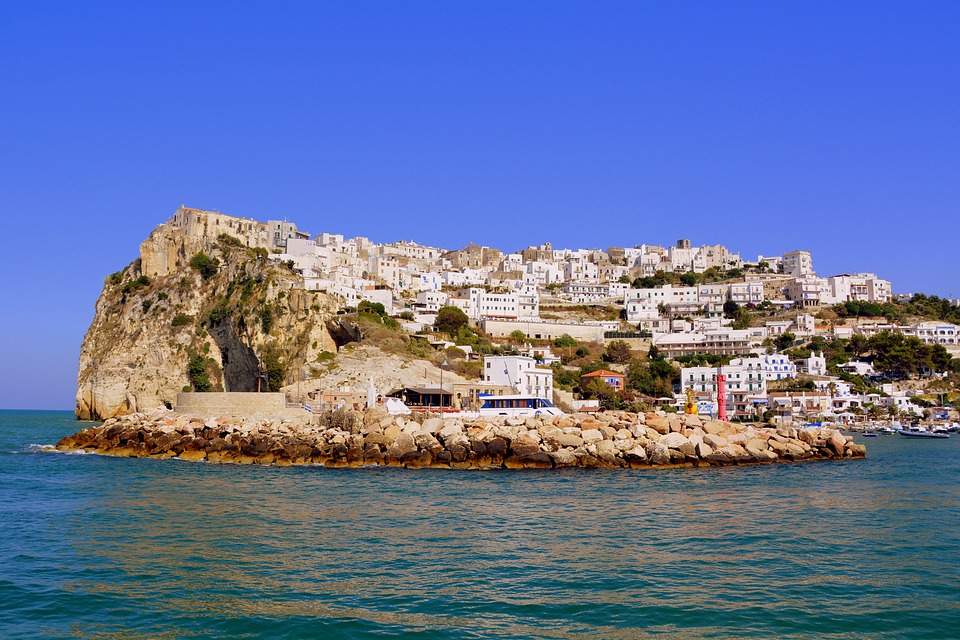
4. The church of Santa Maria Maggiore di Siponto in Manfredonia.
Siponto is the initial nucleus of present-day Manfredonia, but it was above all an important seaport and one of the most active Roman colonies in the entire region even though its history goes back much further. Today a large archaeological area can be visited here that testifies to the importance Siponto achieved over the centuries before, around the 13th century, the swamping of the harbor and two violent earthquakes drove the inhabitants to move to the new town. However, the vestiges of this great past are still clearly visible and are represented by the cathedral of Santa Maria Maggiore. It is to a square building completely rearranged in the 13th century and one of the greatest examples of Romanesque in Apulia. At its side are the remains of an early Christian basilica with three naves and a mosaic floor. Near the site, immediately next to the basilica, since 2016 has been the work Where Art Reconstructs Time, an installation by Edoardo Tresoldi that reconstructs the ancient early Christian temple.
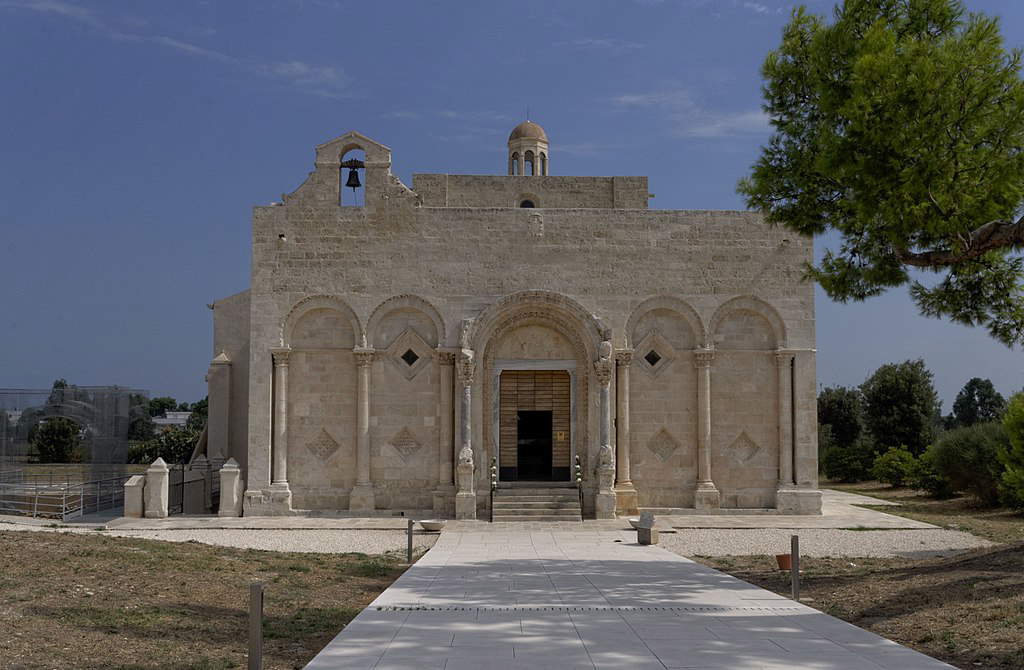
5. Gargano National Park and Umbra Forest.
This part of Puglia is one of the richest in different habitats and biodiversity. The coasts dotted with white-sand beaches washed by crystal-clear waters are thus accompanied by an inland part where green is the dominant color. Starting from sea level up to the more than 1,000-meter height of Monte Calvo, one thus passes through coastal forests of pine and holm oaks and almond, orange and olive groves to the beech and pine trees of the Foresta Umbra that represents the heart of the Gargano National Park. It is an oasis of peace and tranquility where it is possible to discover the area at a slow pace, following the many itineraries that allow you to admire up close the many wonders hidden among the valleys and slopes, among ancient farms and fairy-tale villages.
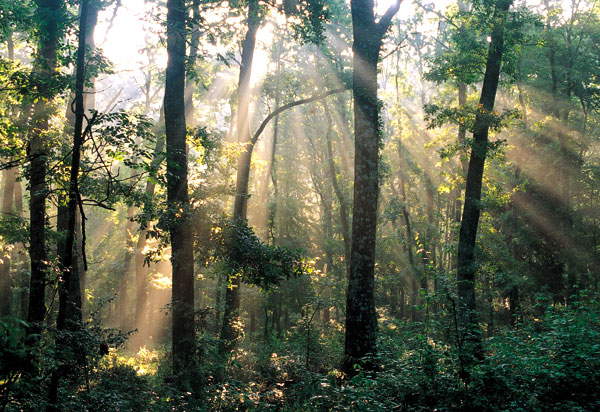
6. The Co-Cathedral of Vieste.
Majestic and austere, the cathedral of Vieste is located at the highest part of the ancient medieval town and is certainly one of its best-known symbols. Considered one of the most shining examples of the Apulian Romanesque style, its construction dates back to the second half of the 11th century although it has since undergone numerous modifications as evidenced by the splendid bell tower rebuilt in a purely Baroque style in the late 1700s. There are many things to see inside including the statue of the Madonna of Santa Maria di Merino, a beautiful wooden sculpture from the 1300s that, according to tradition, was found by some sailors on the beach at Vieste.
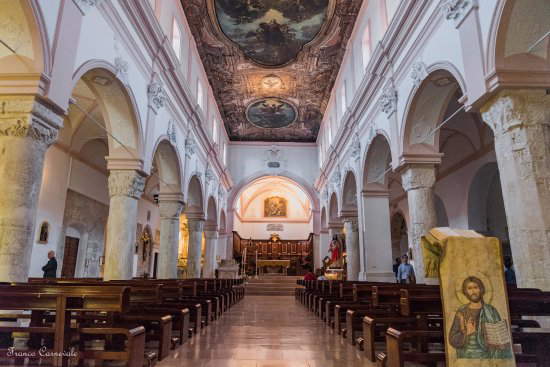
7. The Castle of Vieste
Vieste’s Swabian castle almost seems to rise straight out of the sea with its massive bulk overhanging the cliff. Like an authentic arrowhead this ancient structure has been an impregnable stronghold of the territory’s defense for centuries. Still today the castle is owned by the navy and for this reason it is opened to the public only on rare occasions, it nevertheless represents one of the most scenic places both from which to admire the panorama of the coast and to photograph from afar. Particularly striking is how the castle dominates Vieste’s main beach, that of the Scialara, where, among other things, there is also the Pizzomunno a solitary monolith considered the symbol of the town.
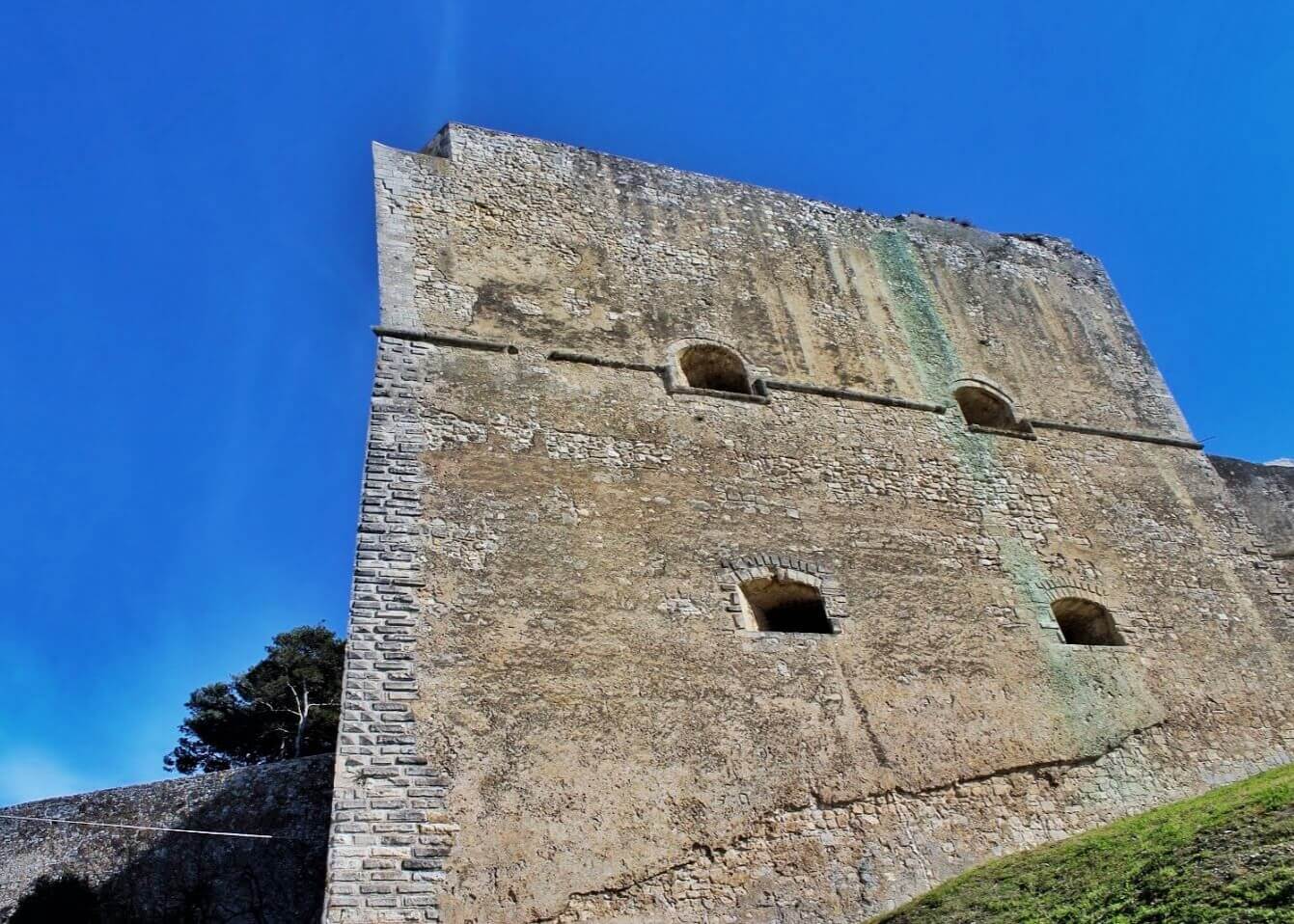
8. The village of Mattinata
Art, history, traditions, enchanted beaches and disruptive nature. These are some of the ingredients that make a visit to the small village of Mattinata, which lies between Vieste and Manfredonia, an absolute must. Here you are sure to find some of the most scenic views of the entire Gargano, such as those offered by the bay of Mergoli, off the coast of which striking stacks emerge from the turquoise waters, or the bay of the Zagare with its pristine sand framed by pine and lemon trees. It is, however, the town of Mattinata itself that probably deserves the most attention for how it has managed to keep itself intact and tied to the traditions of the land. The Junno district is the most characteristic place thanks to the presence of the pajare, typical buildings with very white facades and built side by side leaving no space between them.
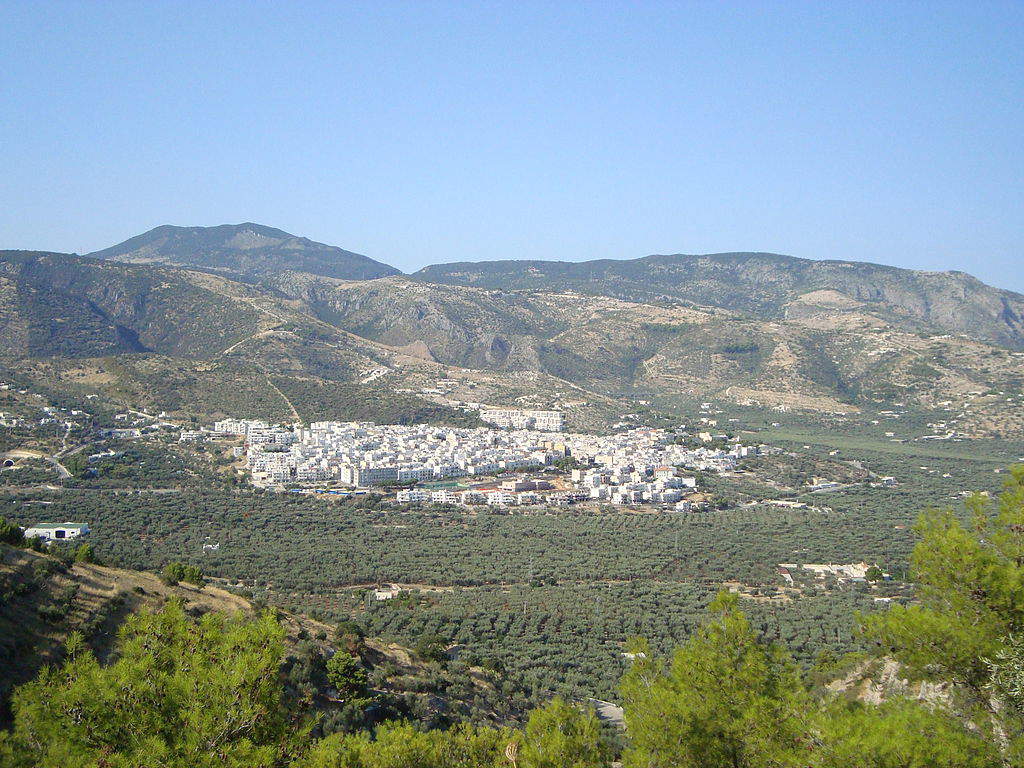
9. Lake Varano
The largest coastal lake in Italy and the seventh largest in the whole boot, it is about 10 kilometers long and spreads for 7 within the Gargano promontory while it is divided from the sea only by a very thin strip of land. Since ancient times, Lake Varano has been central to the life of this entire part of the region and still represents a very important natural oasis. Flamingoes, kingfishers, cormorants, grebes, herons, tufted ducks, coots and snipes are just a few of the many species of birds that populate this wonderful place not to mention the very rich vegetation that surrounds it.
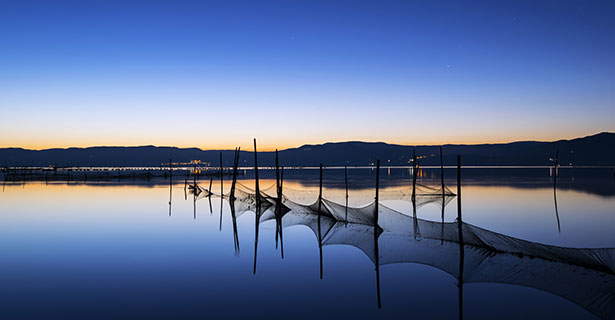
10. The shrine of St. Matthew the Apostle in San Marco in Lamis.
Surrounded by hornbeams and ash trees, the sanctuary of St. Matthew, also known as the Convent of St. John, is located a few kilometers from San Marco in Lamis and is one of the most important buildings of worship in the Gargano. With a massive shape that almost recalls that of a medieval fortress, it still retains evident traces of the passage of pilgrims who for centuries found refreshment and shelter here along the road that led them to the cave of the Archangel Michael at Monte Sant’Angelo. Today the shrine, in addition to welcoming travelers, is the center of a fervent cultural life thanks to the opening of a large library and museum that tell its story and with it that of the entire territory.
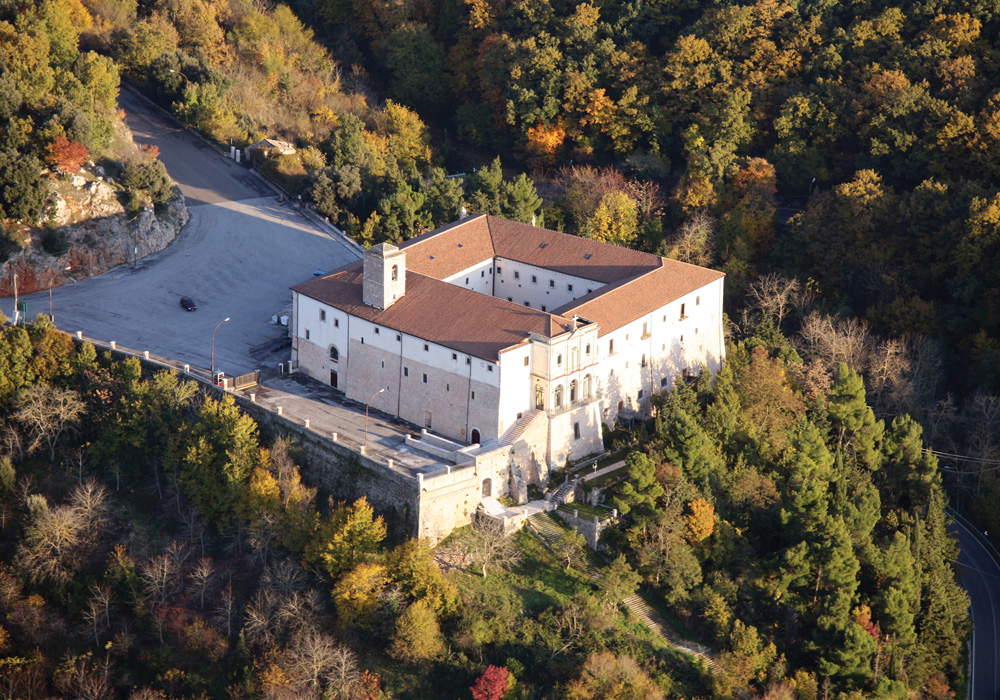
 |
| Gargano, what to see: 10 places not to be missed |
Warning: the translation into English of the original Italian article was created using automatic tools. We undertake to review all articles, but we do not guarantee the total absence of inaccuracies in the translation due to the program. You can find the original by clicking on the ITA button. If you find any mistake,please contact us.



























